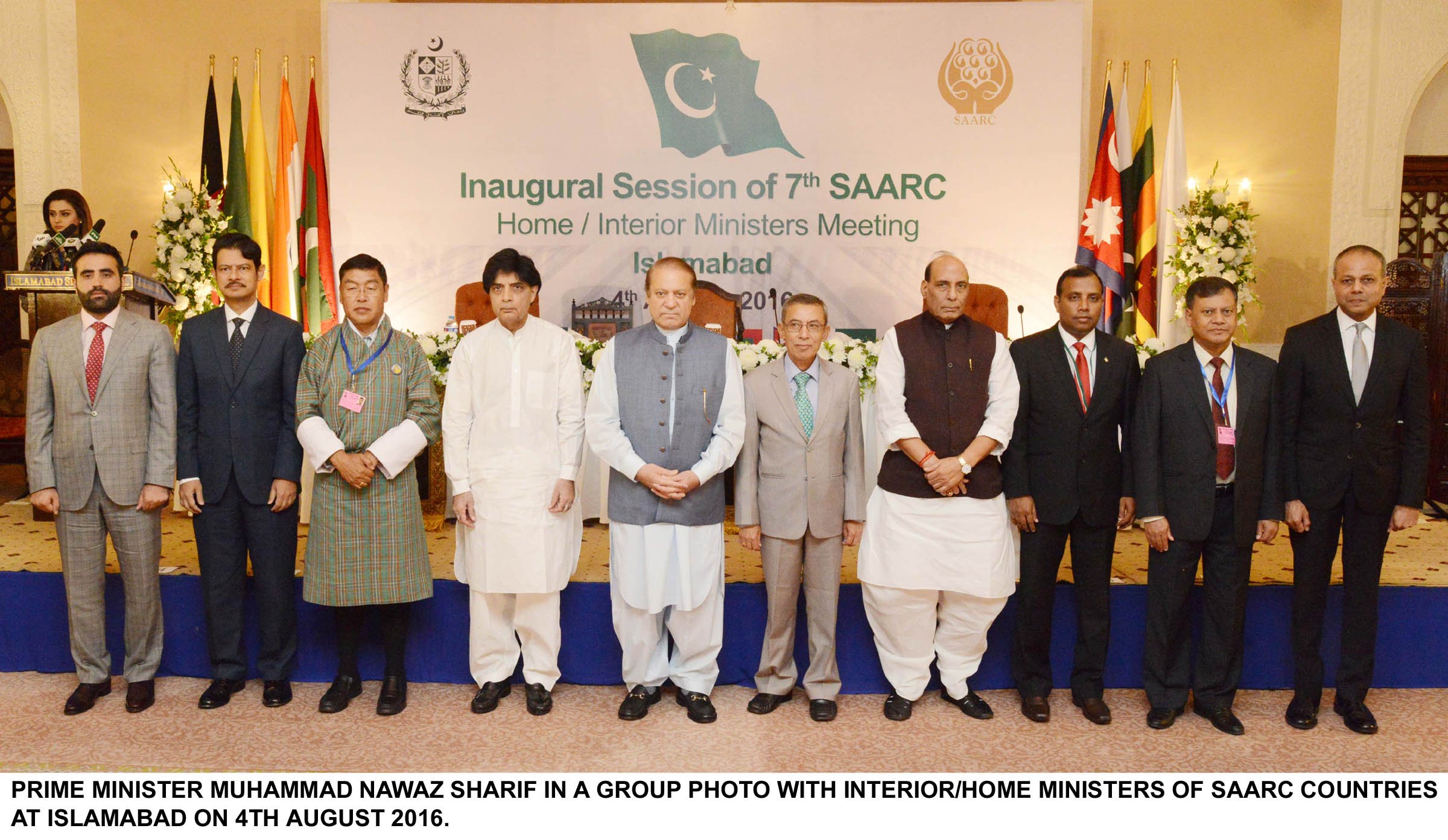
Out of these 767 million people, 40% live in South Asia comprising India, Pakistan, Bangladesh, Sri Lanka, Bhutan, Maldives, Nepal and Afghanistan. The other most striking factor is that South Asia is also the world’s least connected region.
SCO: sheet anchor for regional stability
The intra-regional trade as percentage of its total trade in Europe (with its long history of wars) is 69%; in East Asia (with all tensions in the South China Sea) it is 35%, in South East Asia it is 25%. In Africa, it is 18%. In South Asia, it is less than 5%. On the positive side, paradoxically, South Asia is also now the fastest growing region of the world.
How can high growth, high poverty and low connectivity stubbornly persist? This is a question that demands deeper analysis traversing security and economics.
Since World War II, the world has essentially been organised along the regions and hence the importance of organisations promoting regional cooperation has increased manifold.
A look at the activities of these organisations can be revealing. Let’s take a look at SAARC, the South Asian Association for Regional Cooperation (SAARC), which was established in 1985. In 32 years of its existence it has held 18 summits, which makes it almost one summit in every two years.
The last one scheduled in Islamabad in 2016 was indefinitely postponed on the grounds of security related concerns by India and three other member states. According to SAARC charter, this can only be organised if all member countries unanimously agree.
The SAARC Secretariat website displays a number of working groups and specialised bodies formed to resolve host of issues at regional level. It has designated eight areas of cooperation in which special committees have been formed. In several of these committees, only first meeting is usually organised concluding at ToRs after which the committees go into hibernation. Security, which is of paramount importance to most member states including Pakistan, is sandwiched between education and culture in a composite working group.
Interestingly, SAARC Secretariat website has an “Events” calendar (http://saarc-sec.org/calendar), which is glaringly devoid of any scheduled meetings and only scheduled events it displays is actually national holidays of member countries. In months where there is no national holiday is falling, the Secretariat announces “No SAARC holidays this month” Meetings of cabinet members and experts do take place, but there is no certainty.
In sharp contrast, the Association of South East Asian Nations (ASEAN), which will be celebrating its 50 years this year, comes as a highly vibrant regional forum, with very meaningful intra-regional fora, working groups and ministerial councils. It comprises of Indonesia, Malaysia, Vietnam, Brunei, Cambodia, Lao, Philippines, Thailand and Myanmar. ASEAN Summits take place on a semi-annual basis, once every six months, as compared with the average of the bi-annual summits by SAARC.
Like SAARC, ASEAN also has an event calendar showing the dates and subjects of meetings of various bodies and committees formed under ASEAN Charter in one year. In 2017 alone, there will be 502 such meetings. (http://asean.org/storage/2015/05/ASEAN-Notional-Calendar-ASEC-Format-as-of-10-May-2017.pdf). If national holidays can be excluded (which is what SAARC event calendar highlights), it translates into almost two meetings every day.
South Asian nations, in particular, India, Pakistan and Afghanistan have become hostage to their own security paradigm, putting everything behind. Their security centric foreign policies have withheld the immense potential, which these countries have in overcoming massive poverty.
The economic and geographic ties must be allowed to grow without having to wait first to resolve any contentious issues. If security alone was that important, Taiwan would not have invested hundreds of billions of dollars in mainland China despite their very serious territorial disputes.
South Asia can overcome the security challenges by doing one thing – paying less attention to it. No security incident should be allowed to make an excuse for disruption in movement of people and goods across borders. The region must pay attention to improve border facilities, making it more open instead of building walls.
The region is the host to one of the most significant projects of One Belt One Road. It can only negate the opportunity it is offered by the world’s second largest economy by being extra-sensitive to security.
Pakistan beefs up security for Chinese officials
Recent developments suggest that CPEC may unfortunately be seen as a divider by some SAARC members instead of considering it as a bridge. SAARC must awake from its slumber and must come out from its holiday mood – to begin with at least symbolically. It does not take a Presidential Summit to update a website.
The writer is founder of PRIME Institute, an independent think tank in Islamabad. He is currently based in Kuala Lumpur as CEO of Istanbul Network of Liberty and Director Research at IDEAS.
Published in The Express Tribune, June 19th, 2017.
Like Business on Facebook, follow @TribuneBiz on Twitter to stay informed and join in the conversation.

















COMMENTS (1)
Comments are moderated and generally will be posted if they are on-topic and not abusive.
For more information, please see our Comments FAQ